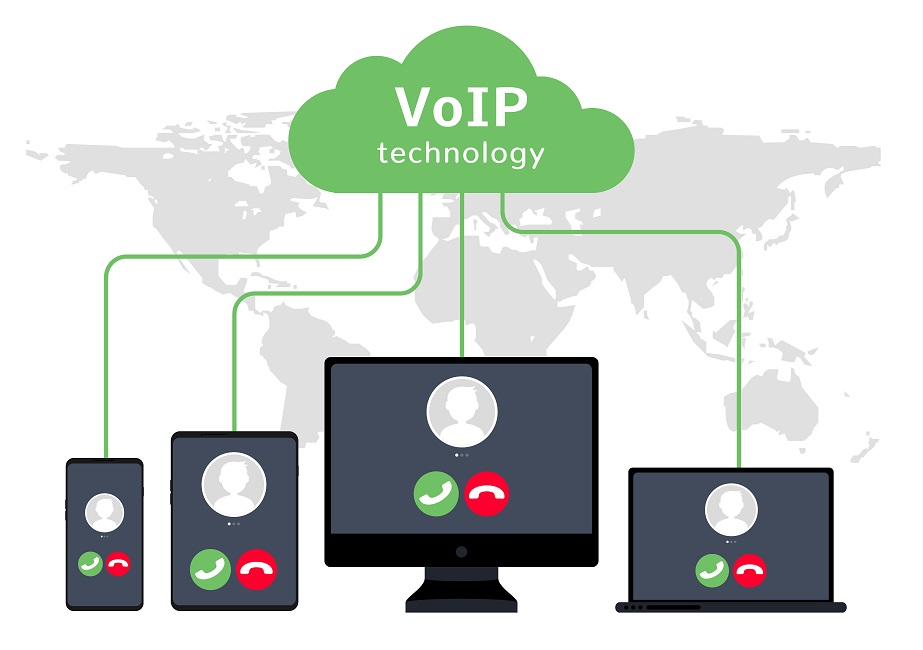Many people leave their job for a new role with a slight pay increase. Then they realise that although they received a lower salary at their previous company, they’re actually worse off financially. Someone may change jobs and receive lower pension contributions and no health insurance. Both of which have monetary value, so their total remuneration will be less.
To avoid this, communication is key. If employees know exactly what’s available and the true value of the benefits, they’re less likely to jump ship. The cost of staff turnover is substantial, so it’s in an employer’s best interest to keep their top talent. Total Reward is great for this, but what is it?
What is Total Reward?
It’s a term to describe a company’s employee benefits package beyond salary. It conveys the value of the total compensation employees get from their employer. Employee benefits consultancy Drewberry notes Total Reward can combine remuneration, non-financial rewards, cash-equivalent rewards, and intangible benefits, such as:
- Salary
- Holiday entitlement
- Pension contributions
- Insurance policies
- Wellbeing programmes
- Career development opportunities.
These benefits can be highlighted through a Total Reward statement.
Total Reward Statements
A Total Reward Statement is a document sent to each employee, detailing their benefits as a calculated sum. HR and management use these to inform staff about their benefits and their value.
How can HR use Total Reward Statements?
Total Reward Statements can be used as a tool throughout the year to remind employees of the benefits they have. You can share these in annual performance reviews, too.
While Total Reward Statements are unique to the employee, having a Total Reward Strategy can support your recruitment practices. You can also use the concept to signpost to prospective hires what they may get access to if successful.
The value Total Reward has for SMEs
So, how does Total Reward help SMEs like yours? Well, it can:
Support recruitment
Total Reward is a powerful recruitment tool, showing job seekers the bigger picture before they join a company. You’ve got the chance to lay your cards out on the table, being upfront about what staff receive as part of their job.
Valuable employee benefits can help to win over top talent who are on the fence about accepting a job offer.
Boost retention
Total Reward is a long-term strategy, which can help improve company retention rates. Supporting your employees’ wellbeing, whether that’s mental, physical or financial health, shows staff you value more than their performance.
Better retention rates enable you to reduce hiring and training costs. It also helps to cultivate a collaborative, productive workforce.
Make employees feel valued
Providing a range of employee benefits and ensuring staff know how to get the most from these can go a long way. Total reward statements with valuable benefits have the power to improve wellbeing, and consequently, show staff their employer cares about them.
Feeling valued at work helps to create a happy, productive work environment.
Total Reward Strategy
If you’re looking to implement Total Reward, it’s important to develop a Total Reward Strategy. This is a method enabling you to assess your benefits holistically, identify the best benefits for your team, and promote these to your employees.
The strategy should detail the objectives of your benefits. Is it to help retain top talent? Recruit from a wider talent pool? Or boost employee engagement? Having such a plan can help to ensure you build a benefits package that is highly effective, meeting the needs of your business and employees.
Designing a Total Rewards Strategy
So, how do you design an effective Total Reward Strategy? Here are a few things to think about:
Analyse existing benefits
Before adding or removing any benefits, it’s key to identify what you currently offer. Are these benefits valuable? Are your employees using them? Could they be improved?
Benchmark your benefits
Once you know what benefits you offer, compare these to your competitors. This provides a great gauge of where you fit in terms of offering a valuable benefits package. Is there anything they’re offering that you should? Are you offering the right benefits for your industry and demographic?
Implementation
Use the benchmarking data to make improvements or changes to your company’s benefits package. Ensure these align with your objectives and budget.
Communicating benefits
One of the main challenges for an SME is communicating its employee benefits. This is where Total Reward statements come in. For your company benefits to be effective, employees need to know what’s available, how to access them and how they work. Otherwise, you may be implementing benefits no one is using, and therefore wasting time and money.
With Total Reward statements, staff see all their benefits in one place. Not only does this streamline the company package, it can also help increase employee uptake and engagement.
Alongside providing the statement, you’ll also need regular communication rolled out to encourage employees to look at their statement.
Reviewing employee benefits
The work doesn’t end once your benefits package is up and running. You will need to regularly review the benefits you offer to identify whether they’re being used and if a benefit still suits your business and employees.
Benefits are only valuable from a business perspective if employees are using them. Conducting regular reviews can help to pinpoint what’s working and what’s not for your company.





